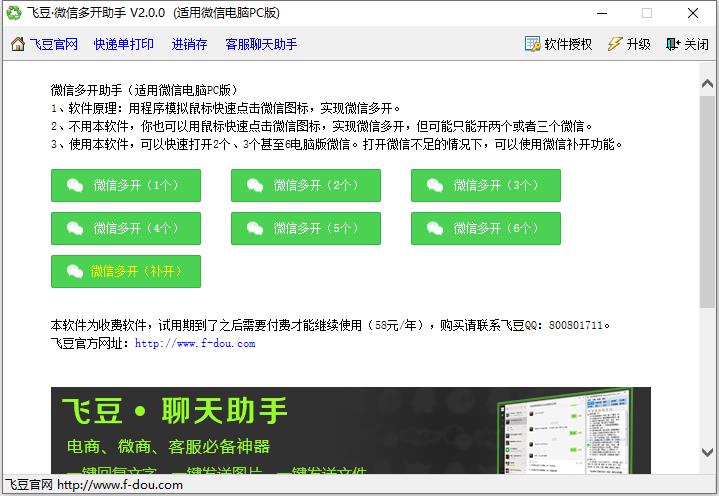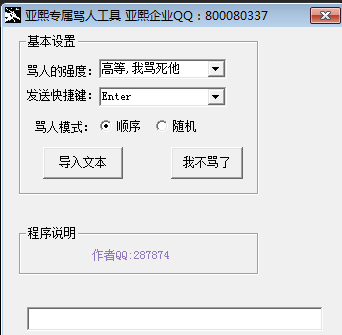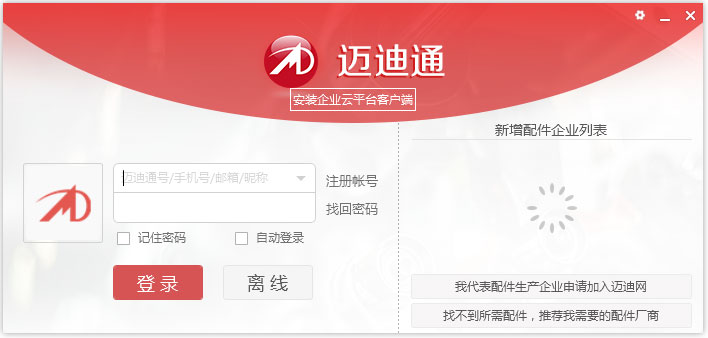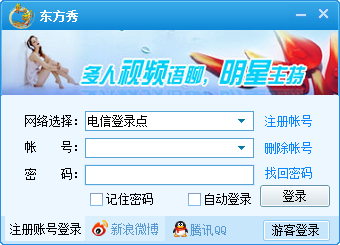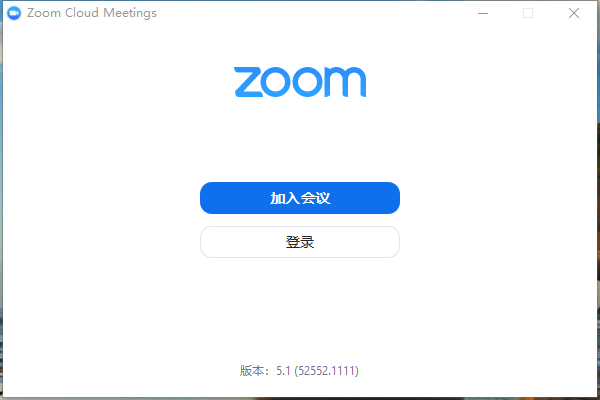golang处理soap请求
时间:2023-05-11 17:50
随着互联网技术的不断发展,Web服务已经成为企业应用程序架构的一部分,而SOAP(简单对象访问协议)是其中最常用的一种。SOAP是一种基于XML的协议,通过HTTP或其他传输协议,实现不同系统之间的通信,允许客户端应用程序与服务器应用程序进行交互。在本文中,我们将介绍如何使用golang处理SOAP请求。 在开始之前,我们需要安装go语言环境以及相关的依赖库。我们可以采用以下命令来安装: 其中, 接下来,我们可以创建请求处理函数,用于处理客户端发送的SOAP请求,并向其返回响应。在这个例子中,我们将使用 在这个函数中,我们首先解析SOAP请求,获取所需的请求参数和参数值。然后,我们调用 现在,我们可以在主函数中创造一个简单的Web服务,并将请求路由到我们刚刚创建的函数。打开 在这个函数中,我们使用 现在,我们可以用任何支持SOAP协议的客户端来测试我们的Web服务。我们可以使用Postman等工具来模拟请求,并查看我们的函数是否返回了预期的结果。 在Postman中,我们可以发送一个HTTP POST请求到 发送请求后,我们应该能够收到以下响应: 这表明我们的Web服务已成功处理了SOAP请求,并返回了预期的结果。 在本文中,我们介绍了如何使用golang处理SOAP请求,并将其转换成HTTP响应。我们使用 以上就是golang处理soap请求的详细内容,更多请关注Gxl网其它相关文章!go get -u github.com/gin-gonic/gingo get -u github.com/antchfx/xquery/xml
gin是一个流行的Web框架,而antchfx/xml是一个处理XML的库。gin框架来处理请求和响应。创建一个文件soap_handler.go,并添加以下代码:package mainimport ( "bytes" "encoding/xml" "net/http" "github.com/antchfx/xquery/xml" "github.com/gin-gonic/gin")// 定义请求结构type soapRequest struct { XMLName xml.Name Body xmlSoapBody `xml:"Body"`}type xmlSoapBody struct { XMLName xml.Name Content xmlElement `xml:",any"`}type xmlElement struct { XMLName xml.Name Value string `xml:",chardata"`}// 处理SOAP请求func handleSOAPRequest(c *gin.Context) { // 解析请求体 decoder := xml.NewDecoder(c.Request.Body) var req soapRequest err := decoder.Decode(&req) if err != nil { c.AbortWithStatus(http.StatusBadRequest) return } // 从请求中提取需要的参数信息 param := req.Body.Content.XMLName.Local paramValue := req.Body.Content.Value // 处理请求 result := processRequest(param, paramValue) // 构造响应 var buffer bytes.Buffer buffer.WriteString("<?xml version="1.0" encoding="UTF-8"?>") buffer.WriteString("<soap:Envelope xmlns:soap="http://schemas.xmlsoap.org/soap/envelope/">") buffer.WriteString(" <soap:Body>") buffer.WriteString(" <" + param + "Response" + ">") buffer.WriteString(" <" + param + "Result" + ">" + result + "</" + param + "Result" + ">") buffer.WriteString(" </" + param + "Response" + ">") buffer.WriteString(" </soap:Body>") buffer.WriteString("</soap:Envelope>") // 返回响应 c.Data(http.StatusOK, "application/xml", buffer.Bytes())}// 处理请求func processRequest(param string, paramValue string) string { // 这里可以编写自己的业务处理逻辑 // ... return "Hello, " + paramValue + "!"}processRequest函数来处理请求,并构造一个包含参数响应的XML响应。最后,我们将响应作为application/xml类型返回给客户端。main.go文件,并添加以下代码:package mainimport "github.com/gin-gonic/gin"func main() { r := gin.Default() // 配置路由 r.POST("/", handleSOAPRequest) // 启动Web服务 r.Run(":8080")}gin框架来创建一个HTTP服务。我们通过调用POST方法来定义路由,并使用handleSOAPRequest函数来配置请求处理函数。最后,我们启动HTTP服务,并监听来自8080端口的所有请求。http://localhost:8080,并将以下SOAP请求体添加到请求中:<?xml version="1.0" encoding="UTF-8"?><soap:Envelope xmlns:soap="http://schemas.xmlsoap.org/soap/envelope/"> <soap:Body> <sayHello> <name>Tom</name> </sayHello> </soap:Body></soap:Envelope>
<?xml version="1.0" encoding="UTF-8"?><soap:Envelope xmlns:soap="http://schemas.xmlsoap.org/soap/envelope/"> <soap:Body> <sayHelloResponse> <sayHelloResult>Hello, Tom!</sayHelloResult> </sayHelloResponse> </soap:Body></soap:Envelope>
gin框架来处理请求和响应,并使用antchfx/xml库来解析XML和构造响应。通过这个例子,我们可以看到,使用golang处理SOAP请求可以非常容易和简便。如果你正在开发一个Web服务,这可能是一个很好的选择。
